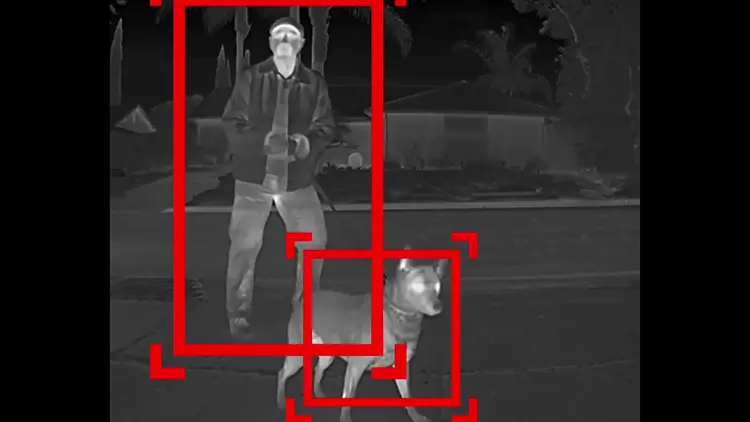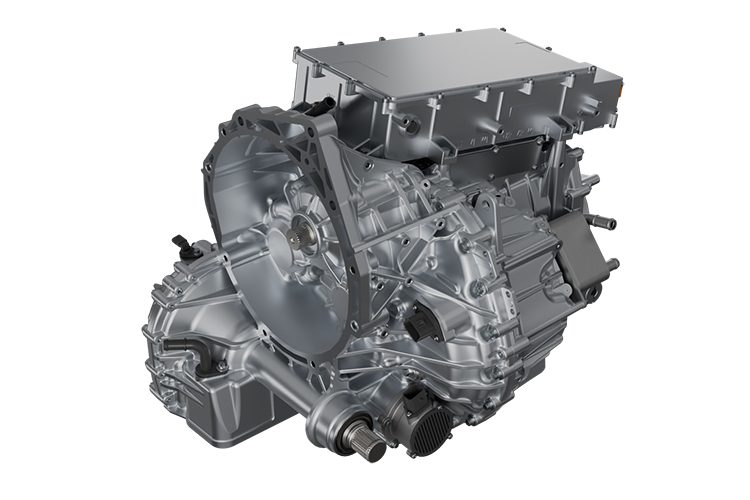Currently, ADAS-equipped vehicles with features that are now considered standard, such as automatic emergency braking, blind spot detection, and lane departure warning, are increasing in price due to higher capital costs (e.g., materials and components, equipment, R&D, etc.), maintenance, and repair expenses. According to the latest McKinsey Mobility Consumer Pulse survey, the demand for additional ADAS functions is exceptionally high among consumers. The survey highlights the significant influence ADAS features play in the purchase decision, especially among EV buyers and the premium-brand segment, with many people expressing a strong inclination to switch brands for better ADAS features.
As part of our work, we interact closely with our customers; some customers are looking for an “off the shelf” solution, while others are looking for us to support them on specific pieces. I strongly believe that, at Magna, we have the capability, knowledge, and resources to integrate into our customers’







